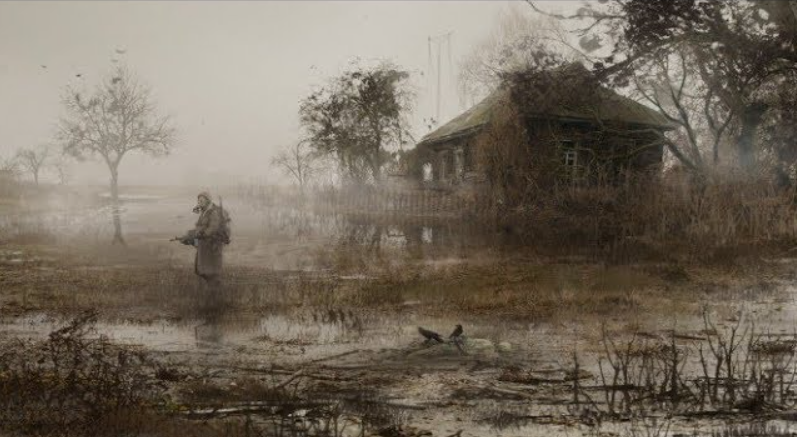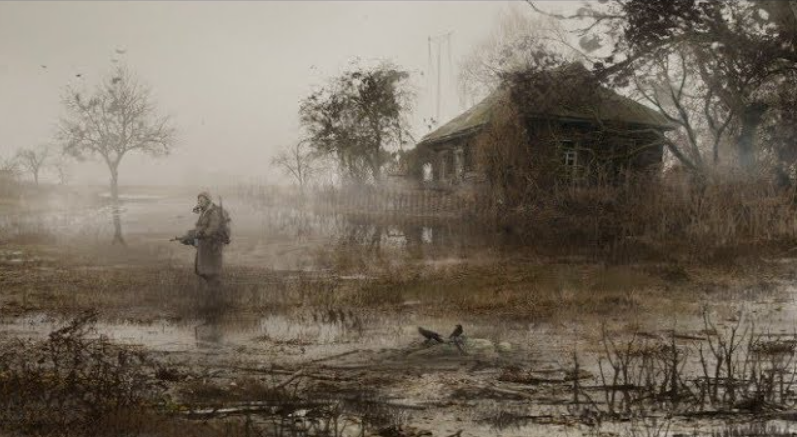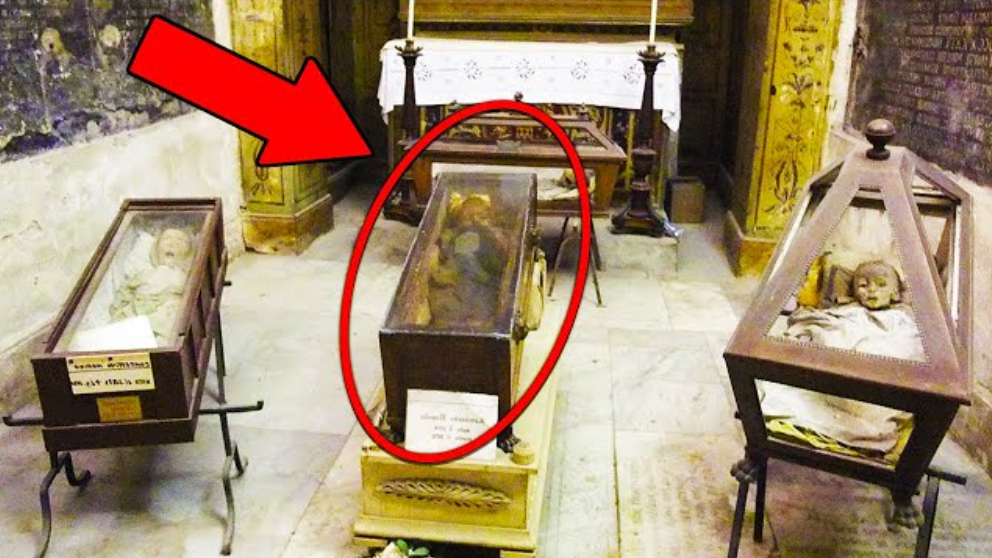People Have Been Forbidden From Entering This Place For 100 Years, And The Reason Is Chilling

“When you picture France, you probably think of lush countryside or the romantic city of Paris. However, France didn’t always look this way. During the horrors of World War I, an entirely different and bleaker landscape existed deep within France, known as the ‘zone Rouge’ or the ‘red zone.’
This 460-square-mile section has been forbidden from public use for nearly a century. When you see what’s hiding within this dangerous place, you’ll never see France the same way again.

The reality of the Forbidden Zone is even more eerie than any artist’s rendition. The area has been fenced off from public use for decades due to the presence of unused dangerous weapons and human remains. Entire towns were evacuated and wiped off the map, casualties of war.
While you wouldn’t be able to tell now, much of this land was once inhabited. For example, a church once stood here. According to one photographer, this is what a French battlefield looked like shortly after the war.
Forest keepers and hunters continued to use the area until 2004 when German researchers found alarming levels of arsenic in the soil, 10 times higher than what most other red zones typically have. The arsenic levels were 300 times higher than what humans can tolerate. Lead levels were also dangerously high, affecting the area’s wildlife, especially wild boars. In many parts of the red zone, only 1% of plant and animal life survived.
In 2012, the government officially restricted public access to the site after realizing the severity of its condition.
The French established an organization called ‘Department Duty Menage’ in 1946 to clear weapons from the area. By the 1970s, they believed they had succeeded and opened up more land and roads to the public. However, they didn’t anticipate the consequences of detonating so many chemical bombs. By 2012, hundreds had died from remaining munitions, and the soil remained contaminated.
The skull and crossbones imagery doesn’t begin to describe the horror. Many people doubt that the French government and the European Union are doing enough to keep the area safe, which scientists say must be continuously monitored.
In 1916, the Battle of Verdun claimed over 300,000 lives in the red zone. It’s unfathomable that violence would continue after the war, but explosives are still in the soil, causing injuries and deaths today. Even those attempting to remove munitions often suffer casualties.
The relatively less dangerous yellow and blue zones still get hit with shells every year. At the current pace, it could take anywhere from 300 to 700 years to clear the area of dangerous remnants from the war. Some say they will never clear the no-go zone. This place serves as a haunting reminder that the horrors of war do not necessarily end when the war does.
War doesn’t come and go quickly. All we can do is remember what happened, learn from our mistakes, and try to clean up the mess we made. Families in the surrounding areas can’t use the quarantined areas, so they make do with what they have. Restaurants like ‘Lata Me’ in the town of Paws Ears are repurposed trenches. Several other trenches are scattered throughout the area. Some memorials in the zone have been opened to the public, dedicated to those who died for France.
Many people living in the surrounding areas have personal collections of remains, and some even open small museums to preserve this frightening history. Nobody knows when or how much the no-go zone will be cleaned up. ‘Zone Rouge’ serves as a stark reminder that the horrors of war cast long shadows, and their effects endure for generations.”




